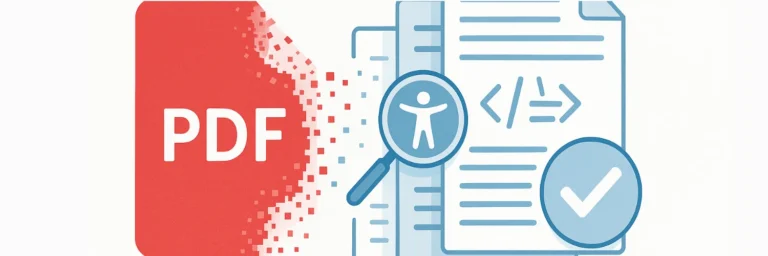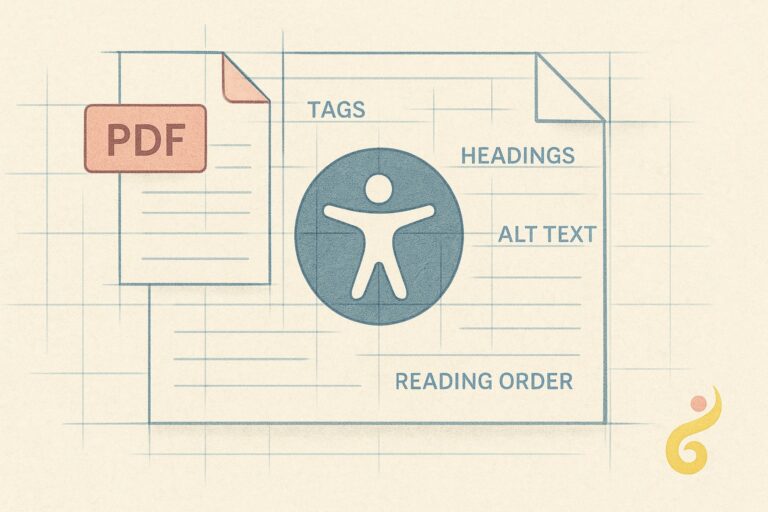Synthesis is more than summarization. It’s the AI equivalent of a detective assembling clues across scattered scenes. It means pulling threads from wildly different sources, weaving them into something coherent, insightful, and even novel. A truly synthetic AI doesn’t just know stuff — it knows how to combine things in ways that matter. This capability enables an agent to integrate information across domains, formats, and timelines — something humans often struggle with at scale. It connects concepts that might appear unrelated on the surface, linking technical documentation with market trends or financial reports with behavioral cues. From these fragmented inputs, synthesis allows agents to build coherent narratives that help people make sense of complex realities. It also gives rise to useful explanations — not just lists of facts, but interpretations. Synthesizing means identifying what matters, what doesn’t, and where the through-lines are. It’s how an agent generates something new, not from scratch, but from everything that already exists.
In the Wild: A Healthcare Diagnostic AgentI
Imagine an AI that takes a patient’s symptoms, recent medical history, lab tests, genetic risk factors, and today’s newest papers from PubMed — then gives a comprehensive, contextualized diagnostic picture. Not just a regurgitation of potential illnesses — but a synthesized, evidence-based suggestion tailored to this patient’s profile. That’s synthesis in action.
Within SMART GEAR, synthesis is often the first spark — the step where an agent assembles its worldview. It lays the foundation for downstream capabilities like reasoning and execution. Without it, those capabilities would be flying blind.
Synthesis truly shines when it uncovers non-obvious relationships. For instance, a sophisticated financial AI might synthesize news articles about geopolitical events, social media sentiment regarding a particular sector, and a company’s supply chain vulnerabilities (gleaned from their financial reports) to predict a stock’s volatility with greater accuracy than looking at financial metrics alone. Companies like Bloomberg utilize AI to synthesize vast amounts of financial news and data to provide traders with actionable insights. Similarly, in scientific research, AI tools are increasingly used to synthesize findings from thousands of research papers to identify new hypotheses or drug interactions that no single human could realistically process.
If all AI did was look up facts, we’d be done. Synthesis is what unlocks summarization that supports actual decisions, insight generation from overwhelming data, and support for strategy across fields from healthcare to logistics. Without synthesis, GenAI is just a parrot with an impressive vocabulary.
Synthesis Summary
It’s easy to confuse synthesis with generation. After all, both result in text. But generation creates — synthesis connects. Generation might ask AI to write a haiku about quantum foam. Synthesis would ask it to summarize three research papers into one takeaway. It’s creative, yes, but grounded in input and context.
We dive deep into synthesis — and its role in agentic workflows — in Generative AI for the Curious Businessperson, Book 1. You’ll see how it compares to generation, where it shows up in real-world platforms, and how to evaluate AI tools based on their synthesis capabilities. Because if your AI can’t connect the dots… it can’t connect the dots.
As an aside, the header image was quite pretty – here’s the full rez version as generated by Google’s Imagen 3 courtesy of Gemini.





